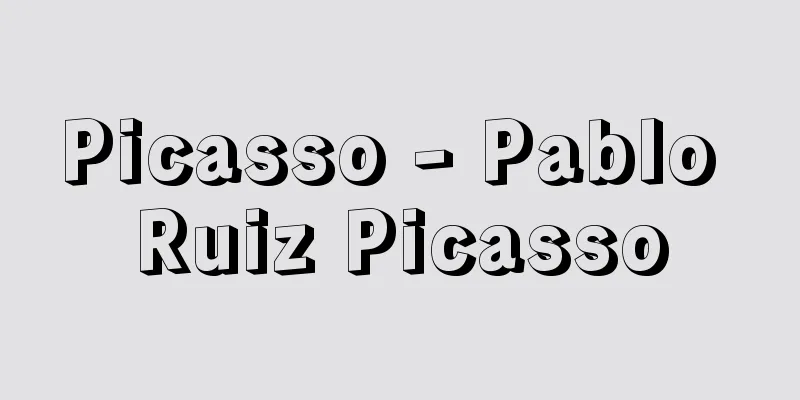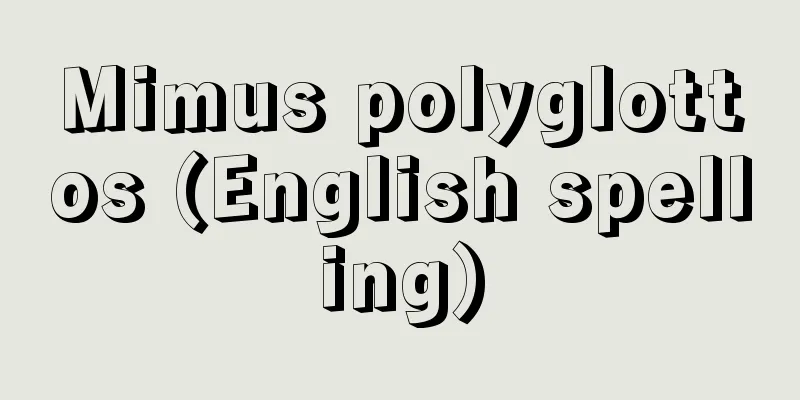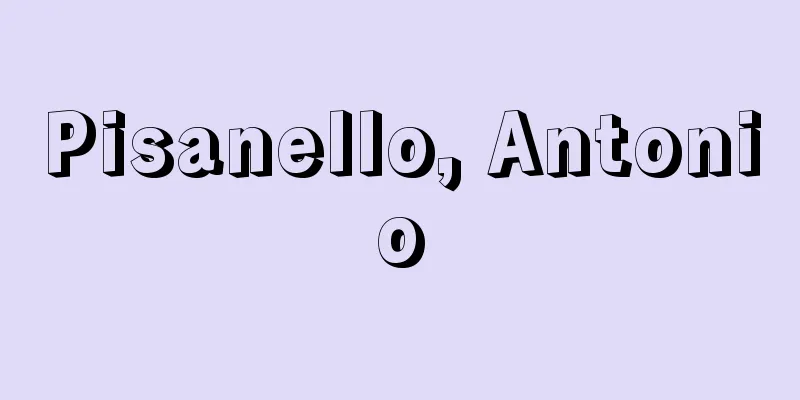Picasso - Pablo Ruiz Picasso

|
Spain's greatest artist of the 20th century. Not only did he have an immeasurable influence on all of modern art that followed, as he was at the core of the founding of Cubism, but he also presented extremely unique styles and aesthetics in each period of his career, from his early years to his later years, and left behind countless masterpieces. Furthermore, he was an extraordinary artist in that he was astonishingly multifaceted in his work, including watercolors, drawings, prints, stage sets, tapestries, stained-glass sketches, and murals, and produced a volume of work (estimated to exceed 80,000 pieces in total) far surpassing that of any other painter before him. He was born on October 25, 1881 to José Luis Blasco, a teacher at the School of Arts and Crafts in Malaga. His mother was María Picasso López. He had an early love of painting, and painted his first oil painting at the age of eight. In 1891, his father was transferred to the School of Fine Arts in A Coruña, where Picasso also studied. In 1895, when his father moved to Barcelona's La Lonja School of Fine Arts, Picasso also moved there, graduating the following year. In 1898, he studied at the San Fernando Academy in Madrid, but soon dropped out. It is believed that Picasso's youth in Barcelona during the so-called Catalan Renaissance and Art Nouveau period had the greatest influence on both his paintings and his development as a person. In 1900, Picasso held his first solo exhibition with "Four Cats," a work in which he was a regular. At the end of that year, he stayed in Paris for the first time, and the following year, he stayed in Paris for the second time. Until then, Picasso had been using Toulouse-Lautrec-esque subjects and techniques to depict women and entertainers in the red-light district, but this year a new, clear characteristic appeared in his style. This marked the beginning of a series of works using blue as the predominant color, depicting poor people and those who live with their shoulders hunched over one another, marking the start of his "Blue Period" from 2001 to 2004. In 1904, Picasso went to Paris for the fourth time and became a resident of the famous collective studio "Bois de la Lacquer" in Montmartre, where he began to associate with Max Jacob, whom he already knew, as well as Apollinaire, Derain, and André Salmon. Then, from around 1905, rose and more vivid colors were added to his blue style, and the postures of his figures became softer. The main subject matter was traveling performers, and unlike the "Blue Period," the themes were quiet kindness and love. This style from 1905 to 1906 is known as the "Rose Period," or sometimes the "Saltimbanque Period." From around 1906, the influence of Iberian and African sculpture gradually became apparent, and the time he spent in the Spanish village of Gossol in the summer of 1906 marked the beginning of his transition to Primitivism, the fruits of which crystallized in 1907 as the first beacon of Cubism, Les Demoiselles d'Avignon. Picasso's exploration of Cubism continued until around the time of World War II with Braque, whom he met that same year, and later with Juan Gris, a younger painter from the same hometown. Although Picasso himself did not participate, this new aesthetic and technique had a decisive influence on contemporary art since the Cubist demonstrations at the Salon des Indépendants in 2011. Cubist techniques continued to appear intermittently until the 1920s, but a trip to Italy with Cocteau in 1917 and an encounter with Olga Kokhlova, a ballerina from the Ballet Russe, gave his work a realistic tendency. He married Olga in 1918, and from 1924 to 1929, after World War I, he developed a style of painting that is called the "Neoclassical period." This new style was influenced by his life in the south of France, his love for Olga, the birth of his eldest son Paul in 1921, and the public's desire for a restoration of humanity after the war. This style is characterized by imposing bodies, clear Ingres-style contours, bright colors and expressions, and a sense of dynamism. His style from 1925 to 1932 is also known as the "Period of Metamorphoses." His contact with Surrealism, Breton, Éluard, and Miro further distorted the forms that had already been transformed by Cubism, and his expression of his inner world. During this period, his marriage to Olga became unstable, and he met his young mistress Marie-Thérèse, which distorted his psychological state. In 1928, he met the sculptor Julio González, which sparked his interest in sculpture, and he produced a series of sculptures entitled "Metamorphoses," in which he combined animal forms with nude female figures. Between 1932 and 1937, Picasso produced many paintings on themes such as bullfighting, the Minotaur, and the "Minotauromachy," a combination of the two. The background to these works was the unrest in Europe caused by the rise of the Nazis, and the political strife in his native Spain that would eventually lead to the bombing of Guernica. After the victory of the Popular Front in 1936, Picasso was appointed director of the Prado Museum in Madrid. This "period of the Minotaur and Guernica" is symbolized by the series of prints "Franco's Dreams and Lies" (1937) and the mural "Guernica" (1937) for the Spanish Pavilion at the Paris World's Fair. During World War II, he moved between Paris, Royan and Paris again, painting interiors and still lifes in the dark, life that was almost like house arrest. A still life of a cow's skull is particularly symbolic. After the liberation of Paris in 1944, Picasso joined the Communist Party and entered a political period, during which he continued to be interested in the theme of "war and peace." His final works were "War and Massacre" in 1951 and "War and Peace," a mural for the chapel in Vallauris in 1952. Already from the mid-1940s, Picasso's work gradually showed a freer, brighter and more playful quality, but from the 1950s onwards, he became very productive in his later years. He was passionate about printmaking and ceramics, and produced a large number of sculptures, including a series of adaptations of Manet's "Luncheon on the Grass" and Velázquez's "Las Meninas," a theme in which he asked himself what it means to paint, and works depicting children such as Claude, Paloma and Maja. On April 8, 1973, Picasso passed away at the age of 91 in Mougins, southern France, ending his productive life. A large number of his works are held in museums and private collections around the world, including the Picasso Museums in Barcelona and Paris, and the Pushkin Museum in Moscow, which houses many works from his "Blue Period." He also wrote the play "Desire Caught by the Tail" (1941). [Kimio Nakayama] "25 Painters 19: Picasso" edited by Keizo Kamiyoshi (1980, Kodansha)" ▽ "Art Gallery 12: Picasso" (1985, Shueisha) ▽ "Picasso" by H.L. Jaffe, translated by Takami Kenshiro (1965, Bijutsu Shuppansha)" ▽ "Picasso: A Giant of Destruction and Creation" by P. Descargues, translated by Nakayama Kimio (1976, Bijutsu Shuppansha)" ▽ "Picasso's Ceramics" by J. Ramier, translated by Ando Tsuguo (1975, Heibonsha)" ▽ "20th Century Thinkers Library 5: Picasso" by Iida Yoshikuni (1983, Iwanami Shoten) [References] | | |Source: Shogakukan Encyclopedia Nipponica About Encyclopedia Nipponica Information | Legend |
|
スペインの生んだ20世紀最大の芸術家。キュビスム創始の中核となることによって、以後の現代美術のすべてに計り知れないほどの影響をもっただけでなく、初期から晩年に至るまでの制作の各時期に、それぞれきわめて独自な様式と美学を提示し、無数の名作を残している。さらに水彩、素描、版画、舞台装置、タペストリーやステンドグラスの下絵、壁画など驚くべき多面的な活動をし、過去のどのような画家をもはるかにしのぐ作品量(総数は8万点を超えると推定される)を示した点でも破格の存在である。 1881年10月25日、マラガの美術工芸学校の教師ホセ・ルイス・ブラスコを父として生まれる。母はマリア・ピカソ・ロペス。早くから絵を好み、8歳で最初の油彩を描いている。91年、父はコルーニャの美術学校に転勤し、ピカソもこの学校に学び、ついで95年の父のバルセロナ、ラ・ロンハ美術学校への移動とともに彼もここに移り、翌年同校を卒業。98年にはマドリードのサン・フェルナンド・アカデミーに学ぶがまもなく退学した。いわゆるカタルーニャ・ルネサンス、アール・ヌーボーの時期のバルセロナでの青春は、絵画のうえでも、人間形成のうえでも、ピカソにもっとも大きな影響を及ぼしたと思われる。 1900年、ピカソが常連であった「四匹の猫」で最初の個展。この年の暮れ、最初のパリ滞在。翌年、二度目のパリ滞在。それまでロートレック風の主題、技法で歓楽街の女や芸人を描いていたピカソの作風に、この年、新しい明確な特徴が現れる。青を主調とし、貧しい人々、肩をすくめ肩を寄せ合って生きる人々を描く作品群の開始で、01~04年の「青の時代」である。 1904年ピカソは四度目にパリに出て、有名なモンマルトルの集合アトリエ「洗濯船」の住人となり、すでに知り合っていたマックス・ジャコブをはじめ、アポリネール、ドラン、アンドレ・サルモンらとの交友が始まる。そして05年ごろから、青の作風にバラ色やより鮮明な色彩が加わり、人物たちの姿勢にも柔らかさが生まれる。主題的には旅芸人が多く描かれ、「青の時代」と異なり、静かな優しさ、愛がテーマとなる。いわゆる「ばら色の時代」、ときには「サルタンバンクの時代」とよばれる05~06年の作風である。 1906年ごろからイベリア彫刻、アフリカ彫刻の影響がしだいに現れ、06年の夏にスペインの村ゴソルで過ごした時期を契機としてプリミティズムへの転進が始まり、その成果が07年のキュビスム最初ののろし『アビニョンの娘たち』として結晶する。キュビスムの探求は、この年出会ったブラック、のちには同郷の後輩フアン・グリスたちとともに第二次世界大戦前後まで続く。ピカソ自身は参加しなかったが、11年のアンデパンダン展でのキュビストたちのデモンストレーション以来、この新しい美学と手法は現代美術に決定的であった。 キュビスムの手法はその後もとくに1920年代まで断続的に現れるが、1917年にコクトーとともにイタリア旅行をしたこと、ロシア・バレエ団のバレリーナ、オルガ・コクロバに出会ったことが、彼の作品に写実主義的な傾向を生み出させている。18年にはオルガと結婚、そして第一次大戦後の19~24年には「新古典主義の時代」とよばれる作風が生まれる。南フランスでの生活、オルガとの愛、21年の長男ポールの誕生、大戦後の人間性回復を求める一般の人心などが、この新しい作風の背景にある。堂々とした量感を誇る肉体、明確なアングル風の輪郭線、明るい色彩と表情、躍動感などがこの作風の特徴である。 ついで1925~32年ごろの作風を「メタモルフォーズの時代」などとよぶ。シュルレアリスムとの接触、ブルトン、エリュアール、ミロたちとの接触によって内面的な世界の表現が、すでにキュビスムによって変形されている形態に、いっそうのゆがみを与える。この時期オルガとの結婚生活が不安定なものとなり、若い愛人マリ・テレーズに出会ったことが、彼の心理状態を屈折させたことも事実である。28年には彫刻家フリオ・ゴンサレスとの出会いから彫刻に興味をもち、裸婦像に動物的形態を接合させた一連の『メタモルフォーズ』と題した彫刻を制作している。 1932~37年には、闘牛、ミノタウロス、両者を接合させた「ミノタウロマキア」などのテーマが多く描かれる。ナチスの台頭によるヨーロッパの不安、故郷スペインでの、やがてゲルニカの爆撃に至る政治的抗争などがその背景になる。36年の人民戦線の勝利のあと、ピカソはマドリードのプラド美術館館長に任命されている。『フランコの夢と嘘(うそ)』の版画連作(1937)、パリ万国博覧会スペイン館のための壁画『ゲルニカ』(1937)がこの「ミノタウロスとゲルニカの時代」を象徴する。 第二次大戦中はパリ、ロワイヤン、そしてパリと居を移し、暗い、なかば軟禁に近い生活のなかで室内や静物を描く。牝牛(めうし)の頭蓋(ずがい)骨の静物がとりわけ象徴的である。1944年のパリ解放後、共産党に入党したピカソは政治的な季節を迎え、「戦争と平和」のテーマへの関心が持続する。51年の『戦争と虐殺』、52年のバローリスの礼拝堂の壁画『戦争と平和』がその決算である。 すでに1940年代なかば過ぎから、ピカソの制作にはしだいに自由な明るさ、遊戯性が現れていたが、50年代以降、晩年の多産な年月となる。版画、陶芸への熱中、マネの『草上の昼食』やベラスケスの『ラス・メニーナス』による翻案の連作、描くとは何かを自問した『画家とモデル』のテーマ、クロード、パロマ、マハたち子供を描く作品など、大量の造形が生み出された。そして73年4月8日、南フランス、ムージャンにおいて91歳の多産な生活は閉じられた。 大量の作品は、世界各地の美術館、個人に所蔵されているが、バルセロナおよびパリのピカソ美術館、「青の時代」の作品の多いモスクワのプーシキン美術館などがその代表的なもの。戯曲『しっぽをつかまれた欲望』(1941)などの著作も残されている。 [中山公男] 『神吉敬三編著『25人の画家19 ピカソ』(1980・講談社)』▽『『アート・ギャラリー12 ピカソ』(1985・集英社)』▽『H・L・ヤッフェ著、高見堅志郎訳『ピカソ』(1965・美術出版社)』▽『P・デカルグ著、中山公男訳『ピカソ――破壊と創造の巨人』(1976・美術出版社)』▽『J・ラミエ著、安東次男訳『ピカソの陶器』(1975・平凡社)』▽『飯田善国著『20世紀思想家文庫5 ピカソ』(1983・岩波書店)』 [参照項目] | | |出典 小学館 日本大百科全書(ニッポニカ)日本大百科全書(ニッポニカ)について 情報 | 凡例 |
<<: Tidal flats [town] - Hikata
Recommend
goldsmith's note
… Paper money [Ishida Sadao]. . . From [Banknotes...
Metal Workers' Union
Please visit the All Japan Metal Industry Workers...
Cirsium tanakae (English spelling) Cirsium tanakae
…[Hiroshi Aramata]. … *Some of the terminology th...
Planet -
Also known as planets. Eight relatively large cele...
Black Hills
A mountain range stretching from western South Dak...
Noviciado
Noviciado was founded in 1580 (Tensho 8) in Usuki,...
Kinai - Kinai
In China, Korea, and Japan, the name of a special ...
Alcoa (star) - Alcoa
...When there are two stars, it is called a doubl...
Solvolysis
A chemical reaction in a solution state is a decom...
University South Campus - Daigaku Nankou
Along with Daigaku Toko, this was a national West...
Chemical reactor
A device for carrying out chemical reactions, als...
Mapping
A mapping is a way of transferring or correspondi...
Ibacus incisus (English spelling)
… [Takeda Masatomo]. … *Some of the terminology t...
myositis ossificans traumatica (English spelling) myositisossificanstraumatica
…Hematogenous infections that occur secondary to ...
Madrigal
...a type of polyphonic secular song that was pop...





![Kitaaizu [village] - Kitaaizu](/upload/images/67cb52ce3cd92.webp)



